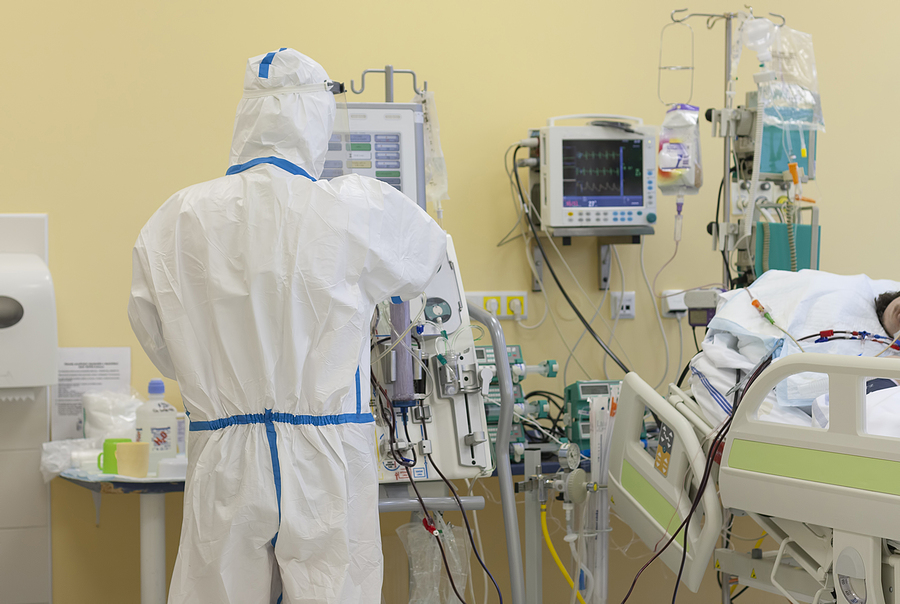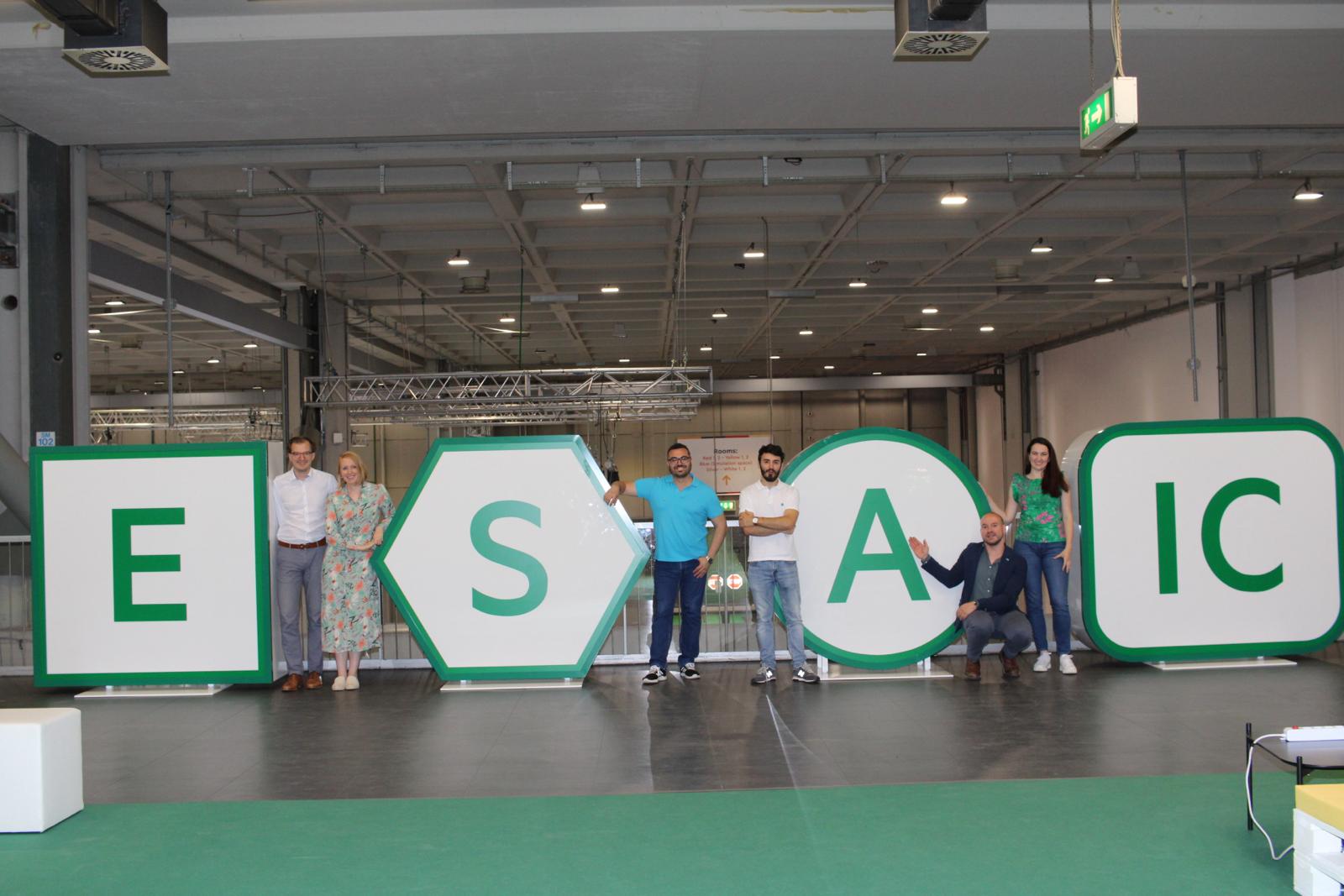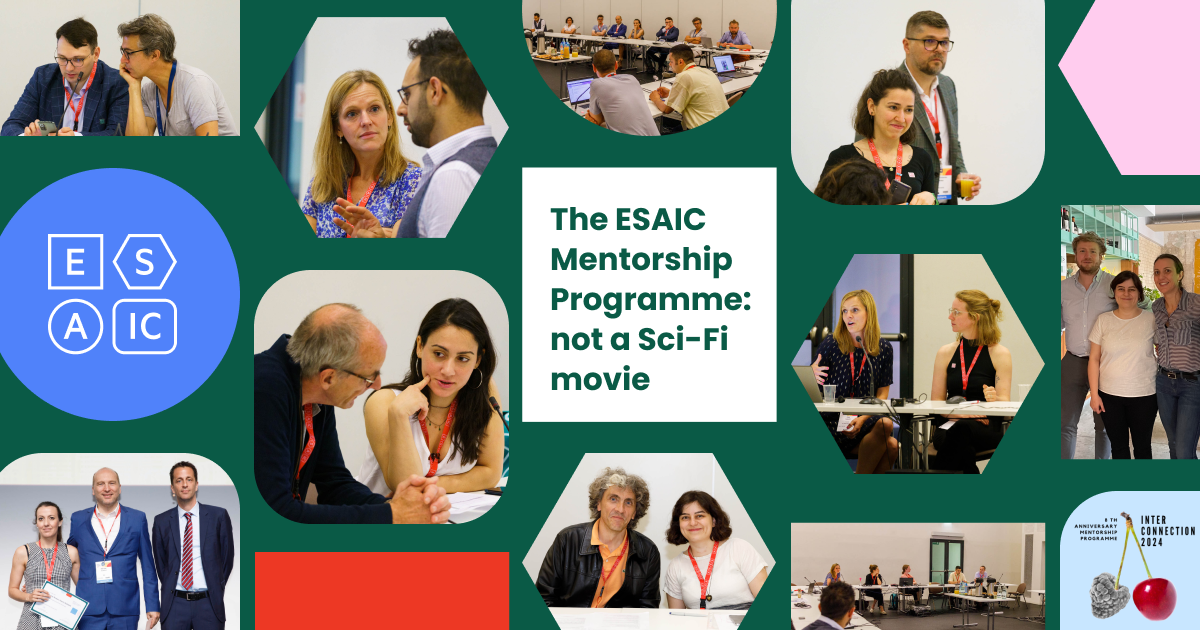ESAIC News
EA20 Newsletter: Session COVS12: Ethical issues on COVID-19 in three different European ICUs
Sunday 29 November, 1530-1630H, Channel 9
This session will take in the views on difficult ethical issues from ICUs in three of Europe’s largest nations: the UK, Italy and Germany.
The presentation on Italy will be given by Professor Orenlla Piazza, University of Salerno and Salerno University Hospital, Italy.
Italy was one of the first nations in the world to be hit by SARS-CoV-2, and the first wave of the pandemic, starting in February 2020, was marked by the severe lack of personal protective equipment (PPE), mechanical ventilators, hospital beds and in particular ICU beds. ICU physicians, often by themselves, faced this situation, when emergency room requests exceeded the availability of beds and mechanical ventilators in the area.
The Italian Society of Anesthesia (SIAARTI), on 6 March 2020, published a document entitled “Clinical ethics recommendations for the breakdown of intensive care treatments, in exceptional circumstances limited to resources”. In this document, the principle of: “saving limited resources, which can become extremely scarce, for those who have a much greater chance of survival and life expectancy, in order to maximise the benefits for the greatest number of people” is stated. COVID-19 acute respiratory disease in frail elderly patients has a long course, and outcomes are usually much worse than in healthy young subjects. SIAARTI, therefore, suggested that: “together with the age, comorbidity and functional status of each patient in critical condition must be carefully evaluated in these exceptional circumstances“.
“Simplifying, if there is an equal need between two patients, age can be the decisive element in defining the priority of treatment according to this guidance,” explains Professor Piazza. “Lifesaving procedures, such as intubating and ventilating, will be carried out only in younger patients, reserving only less invasive or palliative treatments for the elderly. Following this principle, the elderly, lesser valued citizens (in these criteria), would give young people the right to play their game of life, as defined by the principle of a fair life expectancy. Is the age of patients the right choice when it is selected as a triage criterion?”
She adds: “Defining a rigid cut-off – a precise threshold of age – is, in my opinion, more a ‘defensive’ tool for young and inexperienced doctors, left in distress in the emergency room devastated by the epidemic, rather than elements of ethics to reflect on. It is essential that these decisions, extremely distressing for both those affected and those forced to make them, are based on clinical factors related to therapeutic outcomes and not on the basis of discriminatory judgments about the value of individual lives.”
She explains that an epidemic is not only a disease, but a social crisis; it is not a mere problem of ICU beds, but a humanitarian emergency. “Now, the second wave is devasting Italy. We desperately need a long-term plan to safely treat COVID-19 and non-COVID patients, firstly as outpatients, at their home, and in hospitals. Unfortunately, after the first pandemic wave, in certain Italian regions, the time to plan, and organise, and rationalise resources have been wasted and the huge influx of new COVID patients to many hospitals in this second wave has found us dismayed and defenceless.”
The situation from Germany’s perspective will be given by Professor Hartmut Bűrkle of the Department of Anaesthesiology and Intensive Care Medicine at University Hospital Freiburg, Germany. He will outline that the COVID-19 pandemic posed unprecedented challenges for the German health care system.
“For the first time since World War II, the healthcare system supposedly was expected to be overwhelmed with critical care patients triggered by COVID-19. Although Germany has one the highest per capita rates of ICU beds, its health system has also been facing a shortage of professional health care workers for the last decade, especially nurses,” explains Prof Bűrkle.
This shortage of nurses was handled and dealt with throughout “ordinary” daily critical care working conditions before the COVID-19 pandemic. The bio-ethical principles in medicine were mutually acknowledged according to the Musterberufsordnung (professional code of conduct) and directed towards any patient.
The highest care in delivering of welfare (beneficence), respecting justice with any treatment, acknowledging the patients’ autonomy and applying the fourth principle of doing no harm (non-maleficence) should have been always the driving motives for German medical doctors. Prof Bűrkle says: “With the COVID-19 pandemic not only the non-medical society was shaken by the expectations of limited resources. It was also one of the biggest fears for any health care professional. How to treat patients, if there are no adequate treatment tools available anymore? Or how to decide to treat one patient, but not the other with the same quality of care? And to also still consider the non-COVID patients with their very legitimate needs.”
Prof Bűrkle will explain how these questions were for the first time occurring in a relevant manner within the German medical system – a system with one the highest numbers of doctors, nurses, ambulatory and hospital-based treatment options per capita for any kind of disease. A really privileged health care system. The German Medical board issued its reflections on how to handle too many patients with limited resources. The legal and ethical issues of triage decisions were strongly discussed. “So-called COVID-critical populations or groups at risk were eventually pre-defined and unreflected selection theories bubbled around the medical community,” explains Prof Bűrkle.
In addition, the question arose regarding how and when to provide the best assistance within Europe to give vital relief to more stressed health care systems like in France or Italy, which were further topics of ethical inter-professional and intra-society disputes. Fear of leading to small numbers of critical care beds for the service of COVID-19 patients within the patients’ own nations was accompanied by the recognition of ongoing risk for health care workers against a possible deadly threat.
“Uncertainty lead to emotional and moral burdens for doctors,” says Prof Bűrkle. “The principle that every human life is of equal value and must not be traded off against others (“life value indifference”) was put on insecure hold in the allowance for physicians to apply utilitarian criteria in addition to purely medical decision algorithms. However, until now, the major common efforts and the unprecedented major financial support by the federal and state ministries for health resulted in a more controlled overflow of the German health care system in comparison to other countries facing this new pandemic.”
Also in this session, the British perspective will be given by Dr Radha Sundaram, Consultant Anaesthetist at NHS Greater Glasgow and Clyde, Scotland, UK.
Read More of our special newsletter covering our virtual congress
Visit our COVID-19 Resource Hub for other news and resources.











